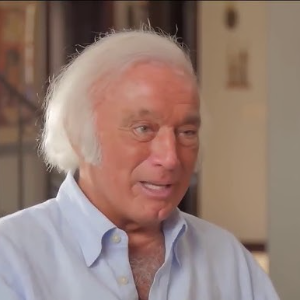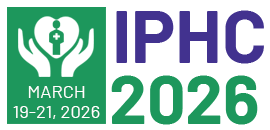Innate Immunity
It will depend on our capacity to regulate the two immune system components—innate immunity, as was discussed above, and adaptive immunity—whether we can manipulate immune function by augmenting it or reducing it.
The innate immune system serves as the body's initial line of defence.
The body's innate immune system is the first to notice foreign invaders such viruses, germs, parasites, and poisons, as well as injuries or trauma. The innate immune response, which is the body's initial line of defence, stimulates cells to fight and eliminate these agents or events or to start the healing process. It also informs and modifies the adaptive immune response, which comes next.
Adaptive immunity: the second, focused reaction
The second and most focused line of defence is made up of adaptive immune cells, The innate immune system triggers their response. After identifying the intruder, the cells can grow and fight it, resulting in disease healing and defence against its recurrence.

Kenneth R Pelletier
University of California, United States
Gregory S Anderson
Thompson Rivers University, Canada
Yazdan Mirzanejad
University of British Columbia, Canada
Hawa Camara
National Cancer Institute, United States
Rafaela Julia Batista Veronezi
Physiotherapist, Neuroscientist & Public Health Educator, United States
Amelia Burke Garcia
NORC at the University of Chicago, United States



Title : The impact of AI on the future of public health and preventative healthcare
David John Wortley, World Lifestyle Medicine Education Services, United Kingdom
Title : Personalized and Precision Medicine (PPM) as a unique healthcare model to secure the human healthcare, wellness and biosafety through the view of public health, network-driven healthcare services and lifestyle management
Sergey Suchkov, 1N.D. Zelinskii Institute for Organic Chemistry of the Russian Academy of Sciences, Moscow, Russia, Russian Federation
Title : Psychoeducation programs to address post-traumatic stress injuries and mental health in public safety and frontline health care workers
Gregory S Anderson, Thompson Rivers University, Canada
Title : Managing integration and interoperability of intelligent and ethical transformed health and social care ecosystems
Habil Bernd Blobel, University of Regensburg, Germany
Title : Scientific evaluate quantification of social and behavioral by scalp acupuncture on children with autism spectrum disorder
Zhenhuan Liu, University of Chinese Medicine, China
Title : Environmental Public Health Impact Assessment (EHIA) process for tobacco processing plants
Vijayan Gurumurthy Iyer, Techno-Economic- Environmental Study and Check Consultancy Services, India